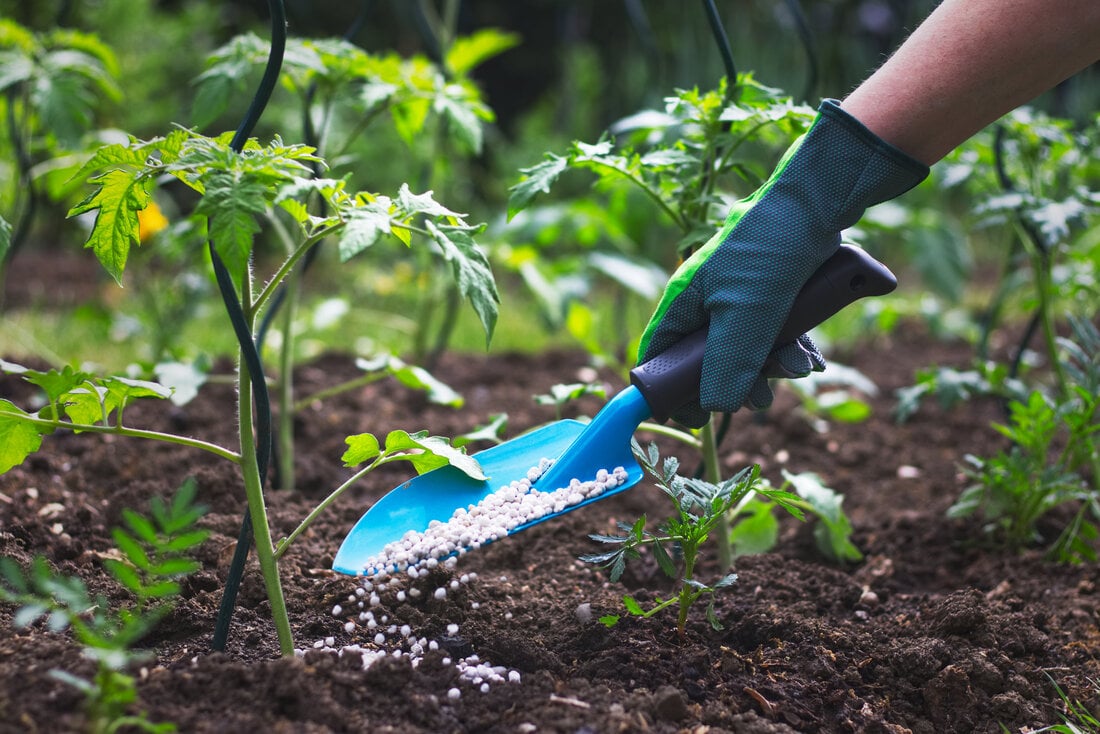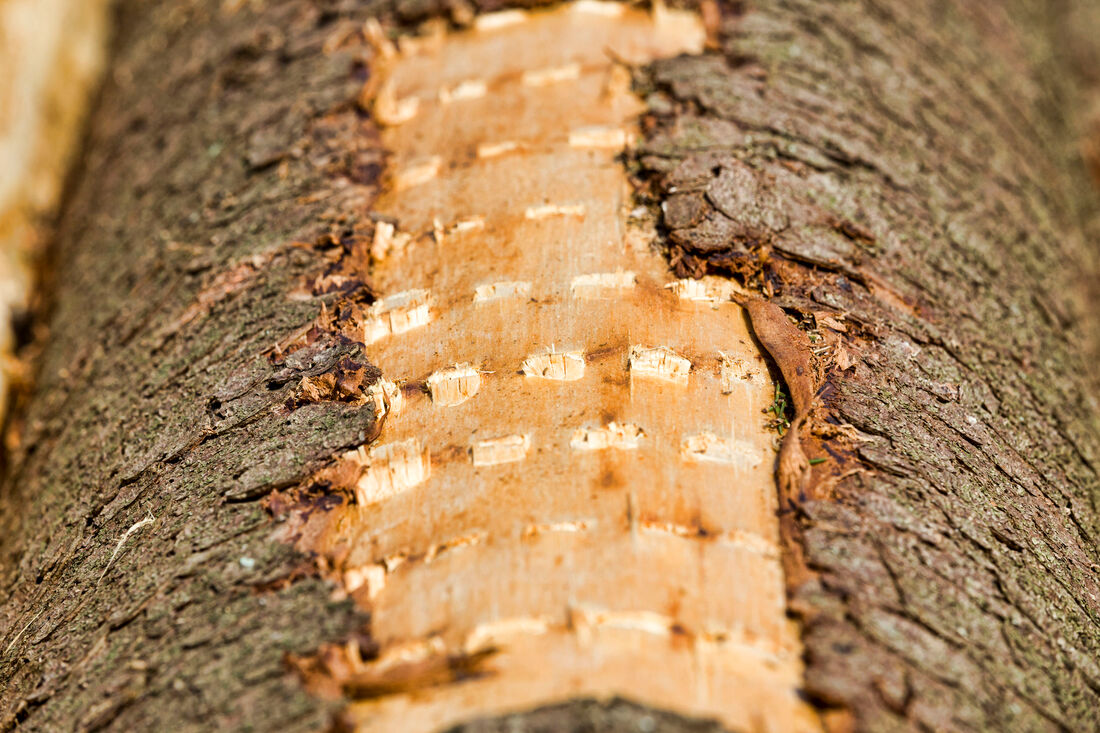Trees can get sick because of many reasons, such as too much or too little sunlight and nutrients, soil compaction, injuries because of inadequate pruning, lack of seasonal fertilizing and maintenance, and harsh weather.
Trained professionals can spot the various signs of insect damage, disease, or instability. You must, too, so you can get professional help and save the tree before it’s too late.
Brown and brittle bark or cracks
The bark of a dying tree becomes loose and falls off. The tree may also have vertical cracks or no bark. Check for deep splits in the bark that extend into the wood of the tree or internal or external cavities. Cracks often weaken the tree, making it vulnerable during storms and other kinds of harsh weather.
A few healthy leaves left
In deciduous trees, look for branches that have only brown and brittle leaves during the growing season. They will also have dead leaves still clinging instead of dropping to the ground. Coniferous evergreens will show red, brown, or yellow needles or leaves when stressed or dying.
An abundance of dead wood
A couple of dead branches or dead wood doesn’t mean your tree is dying. A regular pruning schedule during the dormant season will keep your trees healthy. However, an increased prevalence of deadwood indicates sickness.
Carpenter ants
Pests such as bark beetles and carpenter ants live in stressed, dead, weakened, or dying hosts. For fungal or bacterial infections, look for cankers (discolored areas or depressed places on the bark) or mushrooms growing on the ground at the tree’s base or on the tree itself. These are indications of rotting roots or trunk.
Root damage
Since roots run deep underground, determining the extent of damage isn’t always easy. Changes in a tree’s health after a recent excavation or construction project near it is a sure sign of damage. Others are thinning foliage, low yearly growth, undersized yellow leaves, dead branches, and wilted brown leaves during the growing season.
Odd growth patterns
They indicate general weakness or structural imbalance. If your trees lean over 15 degrees on either side, it’s a sign of wind or root damage. Large trees that have tipped because of intense winds seldom recover.
Fails the scratch test
The cambium layer of a healthy tree will be green. It is brown and dry in a dead or dying tree. You can use your fingernail or a pocket knife to remove a small exterior bark strip to check the cambium layer. Repeat the test in several tree areas to determine if the entire tree or just a few branches are dead.
About Seacoast Tree Care
We have a qualified team of certified arborists who can help keep your trees healthy. We offer a full range of tree care and removal services in New Hampshire, Maine, and Massachusetts. We are experts in tree pruning, cabling, fertilizing, preservation, and root collar excavation. You can call us at 603-431-0101 or 978-225-6644 or drop an email at info@seacoasttreecare.com to know more. You can also fill up our contact form, and we will get back to you.


